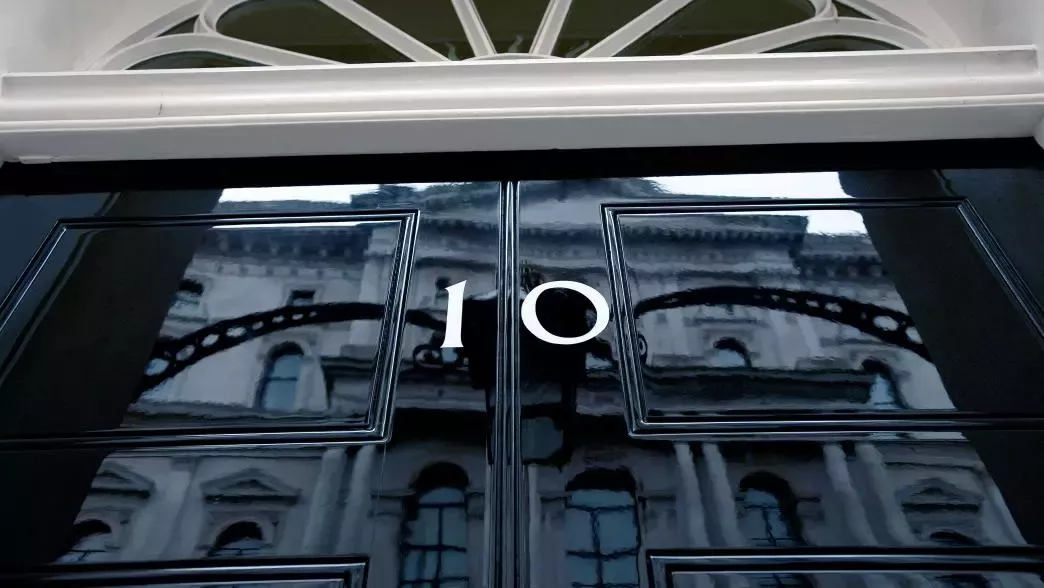Reshuffles will always primarily be about politics
Tim Durrant responds to Tim Leunig's suggestions for overhauling the way government reshuffles are run.

There are many problems with government reshuffles, and a new guest paper from former civil servant Tim Leunig sets out how they could work better. But Tim Durrant argues that for all the value of opening up the process there is little chance of a prime minister wanting to cede control of the way ministers are currently appointed